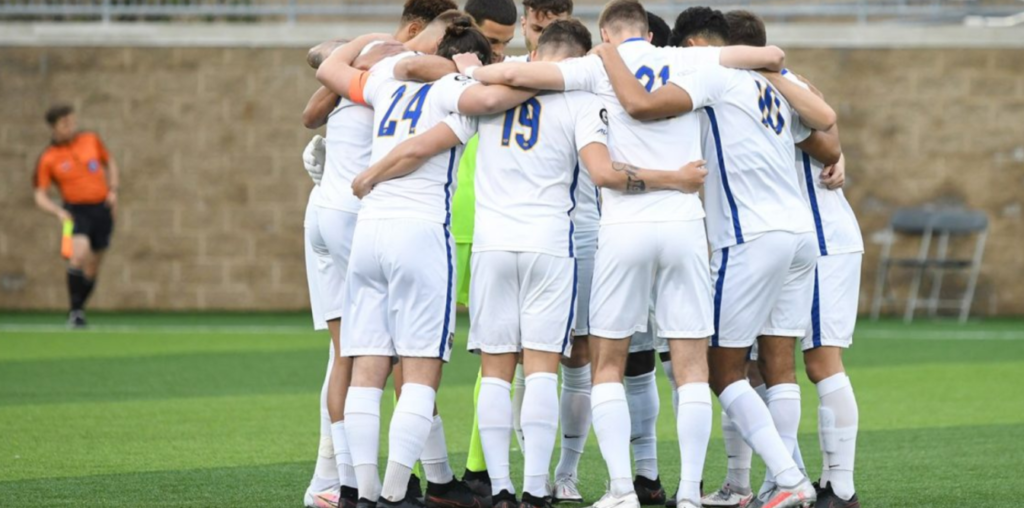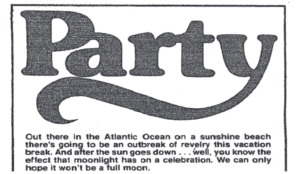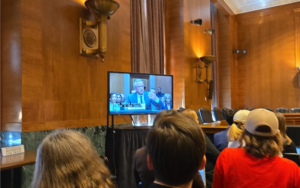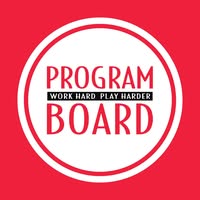Monumental Changes Rumored to Come to College Soccer

Image courtesy of College Soccer News.
By Griffin Cappiello
It’s no secret that the United States is behind the pack when it comes to men’s soccer. Unlike a vast majority of global soccer superpowers, the US does not have a strong system of player development.
The basic European academy model begins with local clubs identifying young players with potential, fostering the player’s love for the game, and helping to develop the player’s skills. The player either breaks into the club’s first team or is sold to some other club.
This system operates at little to no cost for the player and his family. Clubs see players as investments for the future. The player will either bring success to the club or be sold to turn a profit.
In contrast, American youth soccer follows the “travel ball” system. Parents pay high fees for their children to play at the highest level. Once a player graduates high school, only the best of the best go on to play at the collegiate level, and only the top college players end up playing professionally.
According to reports from insiders in the world of US Soccer, drastic changes could be coming in the next few years to change the development system in the US.
The proposed changes begin with making the college soccer season, which currently runs from August to December, into a full-time season that matches the European soccer calendar, which runs from August to May.
This change would likely go into place in the 2026-27 season, immediately following the 2026 FIFA World Cup. Other members of the US Soccer system – the USL pyramid and the MLS – have also been rumored to make similar changes to their schedules.
Additionally, all ACC and Big 10 men’s soccer programs, along with several other top D1 programs, are reported to have agreed to proceed with a move away from the NCAA and join the ranks of professional American soccer.
“Speculation is that USL League One offered these programs a chance to join their league structure as professional teams,” reported @ProspectsUsmnt on X.
With the advancing prevalence of NIL deals in college sports, it is entirely plausible that players could seek out professional contracts while still maintaining their affiliation with their schools.
These changes would also significantly aid player development, since a longer season means more exposure for players, which could lead to more opportunities for Americans to be noticed by clubs overseas.
Additionally, players would be expected to transfer from the collegiate level to higher levels within the US Soccer system at a higher rate, as they would already have experience as professional players. This would boost the quality of the various domestic clubs within both the USL pyramid and the MLS.
The proposed changes would make college soccer a more appealing option for athletes who ordinarily might not consider continuing their careers after high school. The clearly outlined professional pathway may also be a big draw for players considering going overseas in hopes of playing professionally instead of going to college.
These changes are not without their critics, however. Some have expressed concerns that student-athletes will struggle to balance a professional season with academics, though others point out that players in European academies manage to make it work.
The biggest critic is surprisingly already a member of the US Soccer system: the MLS.
In 2021, MLS announced that it would pull its academy and affiliate teams from the USL in order to create its own development league: MLS Next Pro.
Now, MLS is pushing back on the potential changes coming to college soccer.
“They believe this move could hurt the place of…MLS Next Pro within the professional pyramid,” @ProspectsUsmnt reported.
The MLS has long been seen as the top dog in the world of US Soccer, even facing an antitrust lawsuit for allegedly driving the NASL out of business, so their complaints would likely hold some merit with US Soccer leadership.
However, it seems that the potential for the growth of domestic player development systems that these changes would cause would be too great for US Soccer to ignore.
While the future of college soccer is currently up in the air, it does seem to be a matter of if, not when, major changes will take place.







